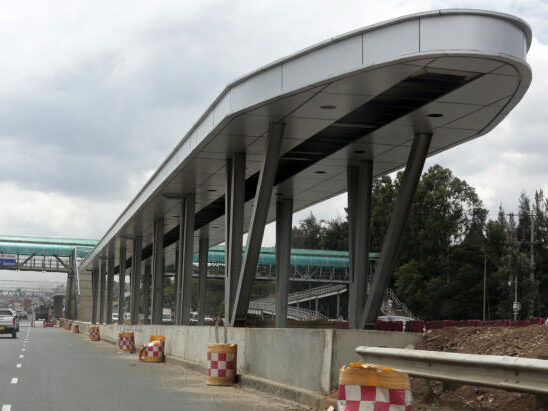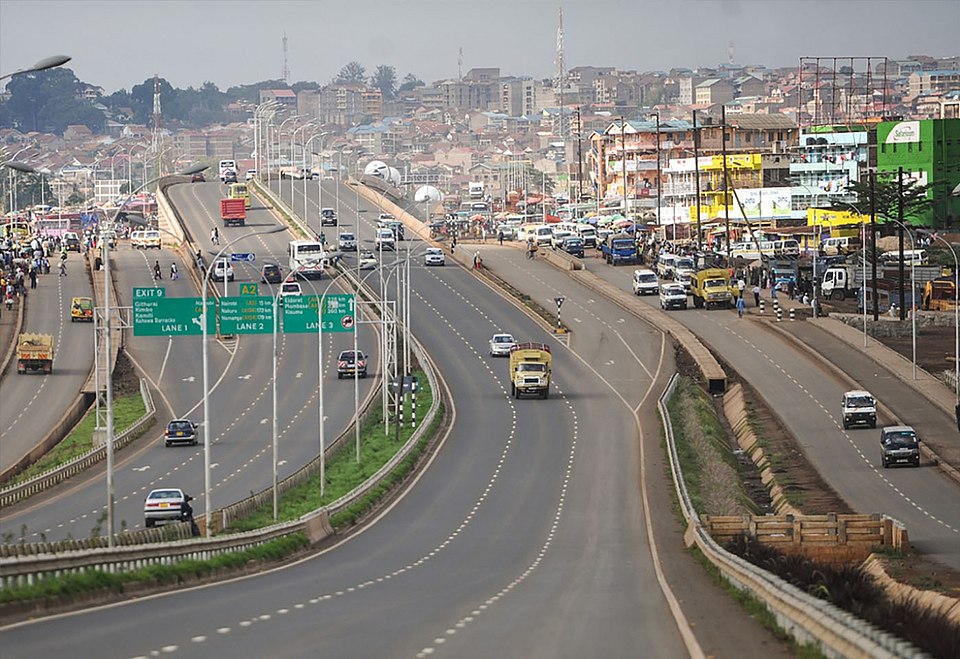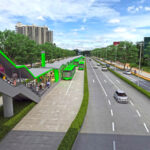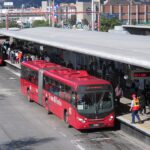Thika Road Project Draws Criticism Over Sh5.6bn BRT ‘Waste’
Kenya’s ambitious BRT plan along Thika Road is under scrutiny, with stakeholders calling out missed targets, poor planning, and mounting public frustration.
A Project Meant to Transform Urban Transit Faces Harsh Criticism
Once hailed as a revolution in Nairobi’s urban transportation system, Kenya’s Sh5.6 billion Thika Road Bus Rapid Transit (BRT) project is under increasing fire from business analysts, civil society, and irate commuters. Critics have labelled the original plan for a modern, efficient public transportation system a “waste of public money.”
The audacious comments emerged in the wake of delays, a lack of discernible infrastructure development, and an apparent inability to operationalise the system despite strong political and financial backing. As concerns regarding the project’s public benefit and return on investment grow, they represent structural inefficiencies in deploying extensive infrastructure.
The Vision Behind the Thika Road Project
Launched in 2020, the Thika Road BRT project was part of Kenya’s broader plan to implement five high-capacity BRT corridors in Nairobi. This corridor—Line 2—was designed to link key urban centres like Kenol, Githurai, Kenyatta National Hospital, and Rongai via the Thika Superhighway, serving thousands of daily commuters.
Backed by the Nairobi Metropolitan Area Transport Authority (NaMATA), the project was expected to streamline mobility, reduce emissions, and significantly ease congestion on one of Nairobi’s busiest roads. With dedicated BRT lanes, modern bus stops, and intelligent transport systems, the plan was to bring Nairobi in line with major global cities with BRT systems like Bogotá, Istanbul, and Johannesburg.
However, despite early enthusiasm and the allocation of billions, the project remains unfinished and largely inactive.

Why the Criticism?
Years later, the Thika Road Project BRT section still lacks basic infrastructure, which irritates the public. Bus-only lanes are still either unsigned or shared with other automobiles. No BRT buses are in service, and bus stations are not well-developed.
In an interview with Nation Africa, Dr. John Mutua, a transport economist at the Institute of Economic Affairs (IEA-Kenya), stated:
“It is really alarming that a project of this magnitude has not progressed beyond the foundational stage. The public is entitled to openness and a precise schedule.”
Further complicating matters is the government’s shifting focus between bus and rail systems and ongoing changes in funding structures. According to the Ministry of Transport, some delays stem from procurement bottlenecks, changes in design, and attempts to integrate electric buses into the system—a move aligned with Kenya’s climate commitments but not yet backed by infrastructure readiness.
Governance, Misalignment, and Missed Opportunities
Critics argue that the project’s shortcomings are not due to a lack of funds but to poor coordination and governance. Unlike successful BRT systems globally, where multi-agency coordination and stakeholder engagement are central to execution, Kenya’s approach has suffered from fragmented planning.
A 2022 World Bank report on urban mobility in Africa noted that BRT success relies on comprehensive stakeholder buy-in, strong institutions, and consistent funding—factors that appear to be lacking in Kenya’s case.
Additionally, there’s growing concern over opportunity cost. The Sh5.6 billion earmarked for Thika Road could have improved existing transport systems, upgraded traffic lights, or repaired deteriorating urban roads.

International Lessons Not Yet Learned
Nairobi’s BRT concept was modelled after successful global examples like Bogotá’s TransMilenio system and Istanbul’s Metrobus. These systems thrive due to precise planning, strict lane enforcement, and robust operational logistics. In contrast, Kenya’s model has struggled to define operational mandates, leading to policy stagnation.
NaMATA recently announced it is revisiting the Thika Road BRT blueprint to align with more realistic timelines and modern transport demands. However, it remains to be seen whether this will be another unfulfilled promise or a genuine course correction. remains
Public Sentiment and The Way Forward
Among Nairobi residents, reactions range from disillusionment to cautious hope. An interviewee, a resident of Kahawa Wendani who commutes daily along Thika Road, says:
“We see the painted lanes and signs, but no buses. We’re left to fight traffic every morning just like before.”
Stakeholders urge the government to provide a transparent progress report, address bureaucratic hurdles, and explore public-private partnerships to reignite momentum. If done right, integrating electric buses could breathe new life into the project, especially with support from companies like BasiGo and Roam Electric, which are pioneering EV transit solutions in Kenya.
Stay Updated on Industry Trends
The Thika Road project reveals the complexities of modern infrastructure execution in Africa. As Kenya navigates mobility challenges, sustainability goals, and funding gaps, Construction Frontier will continue to provide in-depth updates and critical insights.
For the latest news, analysis, and expert commentary on Africa’s infrastructure sector, visit constructionfrontier.com.




